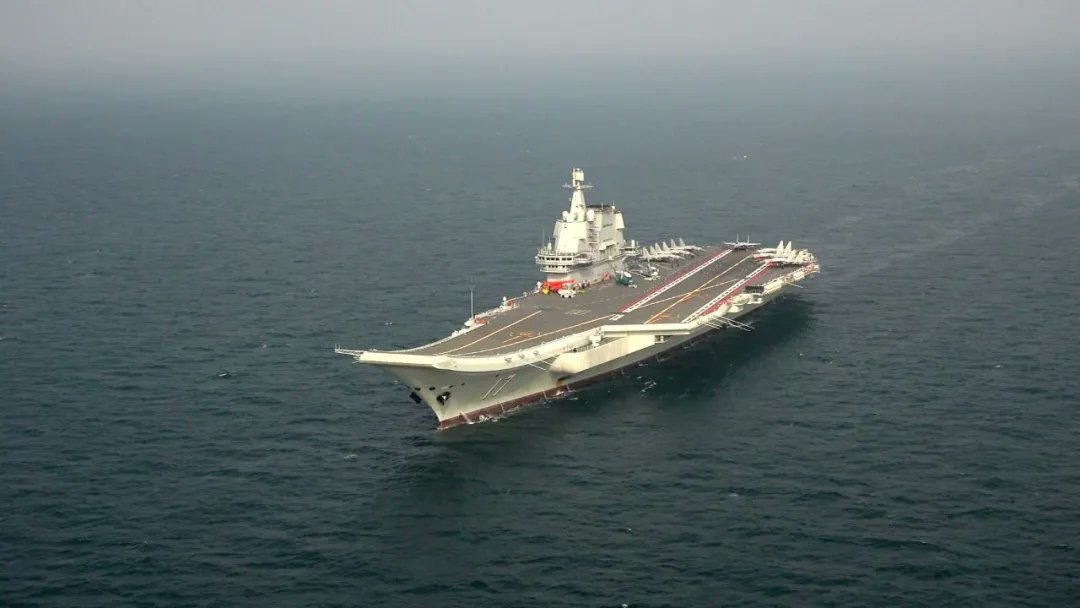
In a significant display of military force, China has initiated a series of extensive drills in the western Pacific, featuring its Shandong aircraft carrier along with as many as thirty-five warplanes. Analysts have described these maneuvers as China’s most substantial exercises involving an aircraft carrier in the region to date, raising concerns over escalating tensions with Taiwan.
Recent military actions near Taiwan have further underscored China’s assertive stance in the Asia-Pacific region. Taiwan’s defense ministry reported the commencement of drills involving the Shandong aircraft carrier and multiple Chinese warplanes, reflecting China’s persistent assertion of sovereignty claims over the self-governed island.
Taiwan’s defense ministry meticulously tracked approximately 35 Chinese warplanes, which included J-10 fighters, in close proximity to its borders. Twenty-eight of these warplanes infiltrated Taiwan’s air defense identification zone (ADIZ), with some traversing the strategically important Bashi Channel to rendezvous with the Shandong aircraft carrier for coordinated sea and air training. The ministry further bolstered its claims by releasing an undated photograph showcasing the Shandong under Taiwanese surveillance.
China’s military exercises are seen as a deliberate challenge to recent military activities conducted by Taiwan’s primary security partner, the United States. The strategic aim appears to be asserting control over the western part of the “first island chain,” a pivotal maritime region encompassing Taiwan, Japan, the Philippines, and Borneo, thus safeguarding China’s coastal waters. Analysts have labeled these exercises as China’s “largest-ever maneuvers with an aircraft carrier in the western Pacific,” further underscoring their geopolitical importance.
Taiwan’s defense ministry has been on high alert, detecting a total of 35 Chinese sorties in the vicinity, featuring various fighter jets and unmanned aerial vehicles. Additionally, Taiwan has closely monitored the movements of 27 Chinese aircraft and ships, signaling a proactive stance in safeguarding its territorial integrity.
The United States and its allies have consistently conducted “freedom of navigation” operations in the Taiwan Strait and South China Sea, reinforcing these areas’ international status. These actions have irked China, which perceives them as provocations. Consequently, China has intensified its military presence around Taiwan, citing concerns over alleged “collusion” between Taiwan and the United States. These developments transpire within the broader context of deteriorating relations between China, Taiwan, and the United States.
China’s recent military drills, centered around the Shandong aircraft carrier and an array of warplanes in the western Pacific, signify a noticeable escalation in its bid to control the region. These actions have substantially heightened tensions with Taiwan and have triggered responses from the United States and its allies. The geopolitical ramifications of these maneuvers remain a subject of close scrutiny, shaping the complex dynamics within the Asia-Pacific region.
